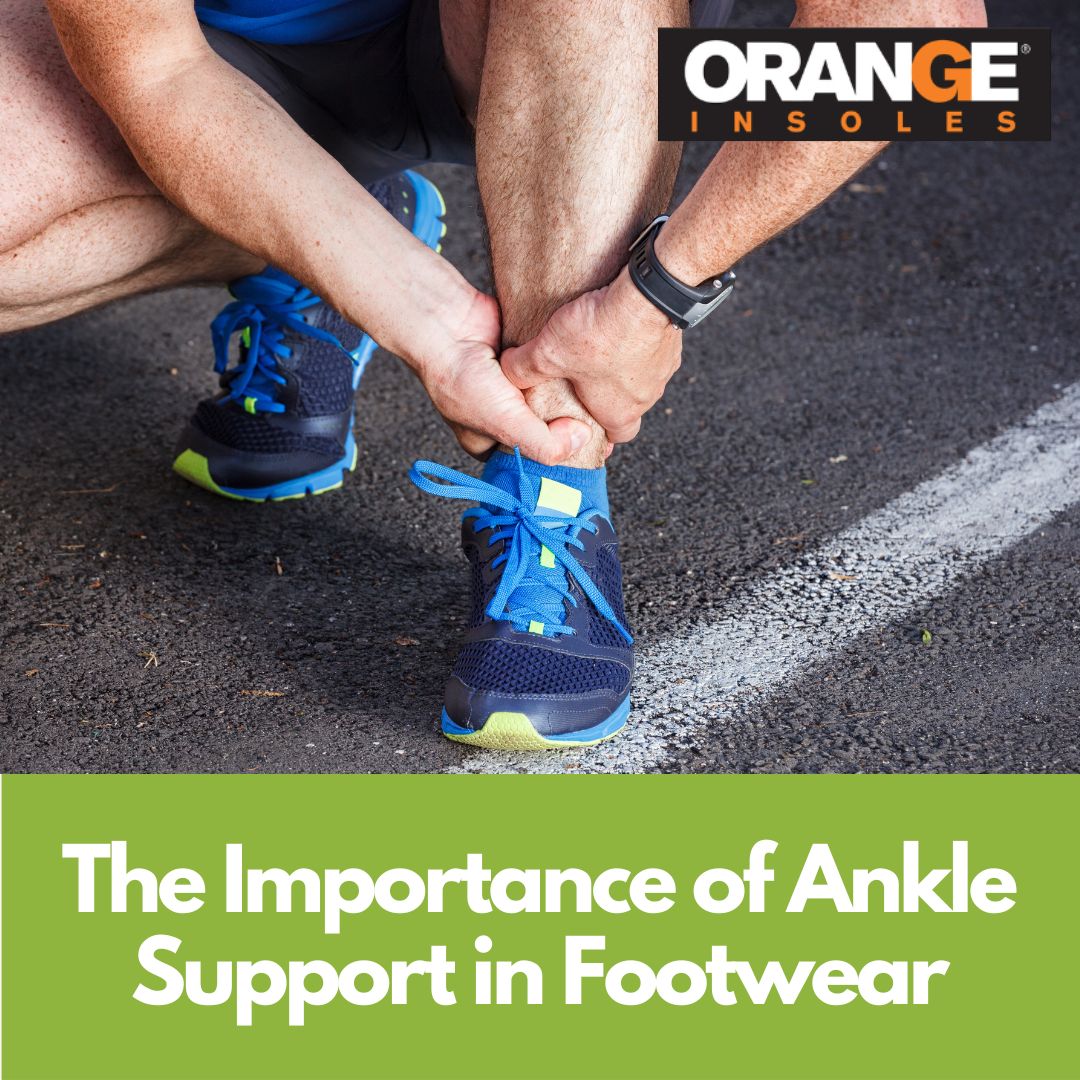When we think about support for our feet or preventing foot pain, we tend to think about the soles of the feet, or the heel or even the toes. What we don’t often consider when buying shoes or thinking about the ways our feet support our bodies, is our ankles. We might think about them when one gets twisted or sprained, but not usually before.
If you're active or on your feet a lot, it’s important to consider whether your shoes are not only supporting your feet, but your ankles too.
Why Is Ankle Support Important?
Stability and Alignment:
When we’re moving or standing, we want the ankle bone to rest just over the front edge or heel bone. Misalignment occurs when the ankle bone moves too far in pretty much any other direction (but usually over the heel). You know it when it happens and it doesn’t feel good.
Proper ankle support helps maintain proper alignment of the ankle joint during intense movement and helps reduce the chance of an ankle rolling or twisting. While it might seem like this is only important during sports like basketball or running over uneven terrain, even walking when out of alignment and with little support can put you at risk for a rolled or twisted ankle. Proper ankle support enhances overall stability and balance.
Injury Prevention:
Good ankle support can help limit the movement of the ankle particularly during physical activities that require quick movements or changes in direction, or jumping or running on even surfaces.
Ankle support in footwear provides a protective barrier around the ankle area. It helps to cushion the ankle joint from impacts, collisions, or accidental knocks that could otherwise result in injury or discomfort.
Ankle Support in Footwear
When considering footwear that provides proper ankle support, think about some of the following factors.
Ankle Collar Height: The ankle collar is the wrap at the top part of the shoe opening. Its purpose is to hold the heel in place, but a higher ankle collar will also provide extra ankle support.
High-top shoes with collars that extend above the ankle provide increased support and stability. High-top shoes, hiking boots, work boots, and some athletic shoes are all good examples of shoes designed with higher ankle collars for more ankle support.
The Activity: Consider the specific activities you'll be engaging in. Different sports or activities may have unique demands on ankle support. For example, basketball or tennis may require more lateral stability, while hiking may require sturdy ankle support for uneven terrain.
Arch Support: It may not seem like it, but proper arch support can help promote ankle stability. If you have weak or fallen arches, you might be more prone to overpronation and ankle pain, instability, or injury. Shoes with proper arch support or an added insole can help support your ankle, from the bottom up.
Cushioning and Shock Absorption: Adequate cushioning and shock absorption in the shoe's midsole can help reduce the impact on the ankle joint and provide additional comfort and protection.
The Laces: The laces of a shoe should be able to tie tightly, letting the shoe wrap snugly around the ankle. This enhances stability and reduces the risk of rolling the ankle.
The Fit: Your shoes should be comfortable yet supportive. The shoe should have enough room for your toes to move freely, but also provide a secure fit around the ankle. Avoid shoes that are too tight or too loose, they won’t provide the comfort or stability you need to prevent injury.
You can always find extra support no matter where you need it in the form of an Orange Insole. Whether you need extra comfort when you stand all day or to get your body back in alignment, Orange Insoles can help you feel better so you can do more.

























































